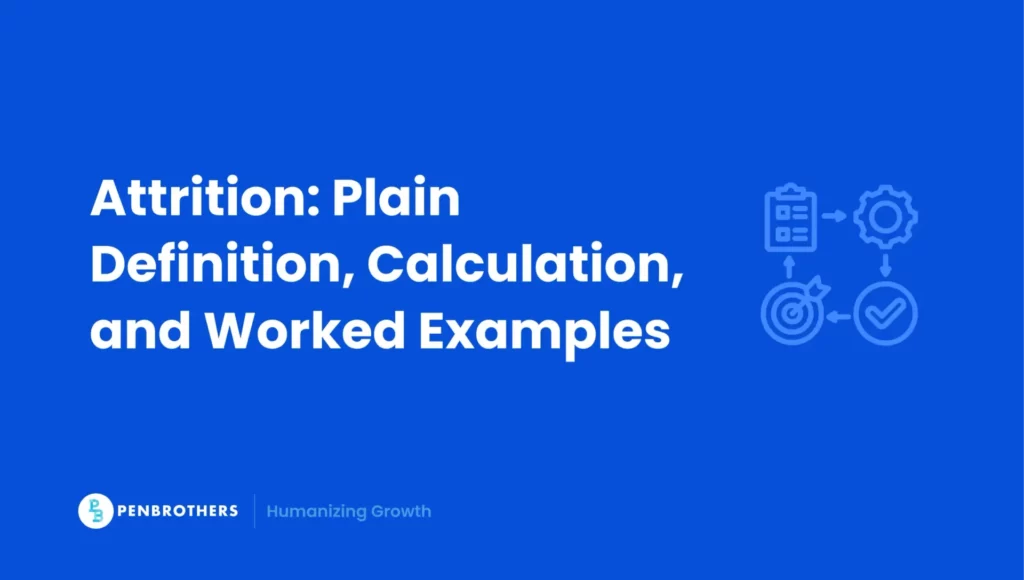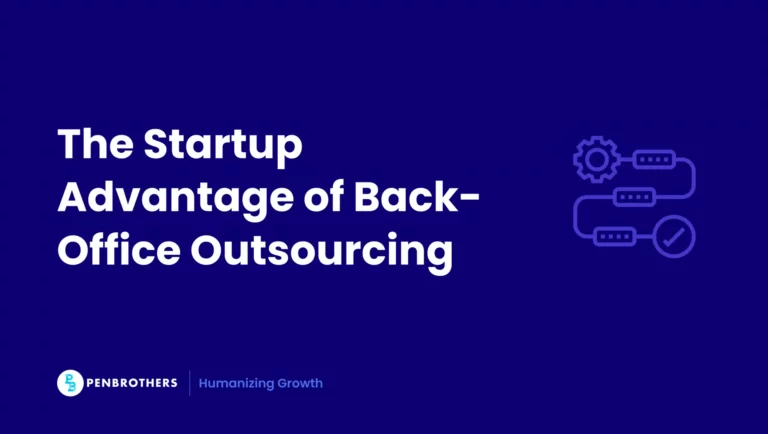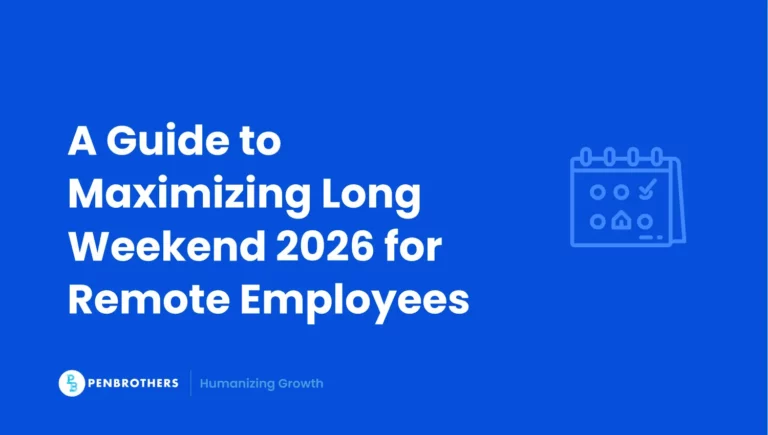Your senior engineer just quit. The CFO wants to know if you’re going to replace her. You say no, at least not right now. Maybe never. That decision just moved her departure from the turnover column to the attrition column, and the difference matters more than most people realize.
Attrition in HR is the gradual reduction of headcount when employees leave and their roles stay empty. Not temporarily vacant while you recruit. Empty. Unlike turnover, which counts every separation regardless of what happens next, attrition tracks the positions that vanish from your org chart and don’t come back.
For leaders managing workforce plans, this distinction cuts to the bone. Misclassify these separations and your data tells the wrong story. You chase retention problems that don’t exist. You miss skill gaps until they’re critical. You make hiring decisions based on numbers that don’t mean what you think they mean.
TL;DR
Definition: Attrition is what happens when employees leave and you don’t replace them, shrinking total headcount. The position stays vacant.
Monthly Formula: Attrition Rate = (Unreplaced Departures in Month ÷ Average Headcount in Month) × 100
Annual Formula: Attrition Rate = (Unreplaced Departures over 12 Months ÷ Average Headcount over 12 Months) × 100
Quick Example: Twenty people leave in May. You’re not backfilling any of them. Average May headcount is 1,000. Your May attrition rate is 2%.
The Only Thing That Matters: Attrition means the role stays empty. Turnover means you fill it.
What Is Attrition in HR?
In HR, attrition is the reduction in workforce size when employees exit and the position remains unfilled long enough that your headcount actually decreases. The exit can happen any way you can imagine: resignation, retirement, termination, death, or the role getting eliminated entirely. What makes it attrition is the sustained vacancy. This lines up with how Gartner, SHRM, and AIHR frame it.
You can measure attrition across the whole organization or zoom in on a single unit, function, or site. The common scenarios look like this: someone retires and you hold the role vacant, an employee quits and you decide not to replace them, a position gets eliminated in a restructure, or technology changes the work enough that you don’t need that headcount anymore.
Attrition vs Turnover vs Layoffs
What These Terms Actually Mean
Attrition measures headcount decline because you’re not replacing people who leave. The exit can be voluntary or involuntary. What matters is the job stays empty.
Turnover counts every exit, whether you backfill or not. You can have high turnover and still grow headcount if you’re hiring faster than people leave.
Layoffs are employer-initiated cuts. They’re separations first. Whether they become attrition depends on what happens to those roles afterward. If they stay gone, they count toward attrition.
Comparison Table
| Term | What It Measures | Replacement Logic | Common Drivers | Typical Use Case | Reporting Implication |
| Attrition | Sustained decrease in headcount | Positions are not refilled | Retirements, resignations left vacant, role elimination, automation | Workforce resizing without active terminations later replaced | Signals shrinking capacity and potential skill gaps |
| Turnover | All separations in a period | Positions may or may not be refilled | Voluntary quits, discharges, layoffs | Health of employment relationship and hiring engine | High turnover can coexist with stable or growing headcount |
| Layoffs | Employer-initiated separations | Roles may be eliminated or later refilled | Cost control, restructuring, demand shocks | Short-term cost reduction, realignment | If roles stay vacant, they later register as attrition |
How To Calculate the Attrition Rate
The Standard Formula
Monthly: Attrition Rate = (Unreplaced Departures in Month ÷ Average Headcount in Month) × 100
Annual or Rolling 12: Attrition Rate = (Unreplaced Departures over 12 Months ÷ Average Headcount over 12 Months) × 100
Variables:
Unreplaced Departures: Exits where the position stays vacant during your measurement period.
Average Headcount: The mean of your beginning and end headcount for the period. If your staffing swings wildly, use a more granular average.
Worked Example, Monthly
You start May with 1,000 employees. You end with 980. Twenty people left. None of those roles are being backfilled.
- Average headcount in May: 1,000
- Unreplaced departures in May: 20
- May attrition = (20 ÷ 1,000) × 100 = 2%
Worked Example, Rolling 12-Month
You want the full-year view. Average headcount over the past twelve months is 1,500. In that same period, 35 people left and their roles stayed empty.
- Average headcount over 12 months: 1,500
- Unreplaced departures over 12 months: 35
- Rolling 12-month attrition = (35 ÷ 1,500) × 100 = 2.33%
Common Pitfalls To Avoid
Counting backfilled exits: If you replace the role within the measurement period, it goes in turnover, not attrition.
Using point-in-time headcount: Staffing changes throughout the period. Use an average or your rate will be distorted.
Partial-period joins: New hires mid-period affect your denominator if you’re averaging. Document your convention and be consistent.
Misclassifying internal transfers: If someone moves from marketing to sales and you keep total headcount the same, that’s not attrition.
Types of Attrition You Must Classify Correctly
Voluntary Attrition
The employee initiates the departure. Resignations, retirements. The role doesn’t get refilled.
Involuntary Attrition
The employer initiates the separation and the position stays vacant. Role eliminations during restructuring fall here. If the job is gone and stays gone, it counts as attrition.
Internal Attrition (Role Changes Within the Organization)
Internal transfers only create attrition if the original position is left vacant and not replaced. If headcount stays flat across the organization, it’s not attrition.
Edge Cases To Handle Consistently
Seasonal roles and fixed contracts: If they end on schedule and you don’t backfill, it contributes to attrition when headcount drops.
Automation or process redesign: Technology removes the need to refill. The subsequent exits count toward attrition.
Site closures or consolidations: Eliminated roles that stay unfilled contribute to attrition.
What Is a Good Attrition Rate?
Interpreting Benchmarks
Benchmarks vary by sector, role mix, and region. Use them as directional, not absolute. Confirm what the definitions mean before you start comparing your numbers to someone else’s. Single-number targets are misleading without context.
High-Churn Sectors and Lower-Churn Sectors
Customer-facing industries and fast-changing sectors tend to run higher churn. Regulated industries and vocational fields tend to run lower. Start with your own data. Compare cautiously to public benchmarks.
Causes of High Attrition
Top Drivers (Prioritized)
- Compensation and benefits: Below-market pay and weak benefits push people out.
- Workload and work design: Unsustainable volumes and unclear priorities drive departures.
- Manager effectiveness: How managers communicate, recognize work, and lead people shows up repeatedly as a driver.
- Culture and values fit: Misalignment erodes belonging and engagement.
- Career progression and internal mobility: When people can’t see a path forward, exit risk climbs.
- Flexibility: Schedule and location flexibility are strong retention levers.
- Market conditions: Tight labor markets and demographic shifts make backfilling harder and amplify the risk.
Business Impact of Attrition
Direct Costs and Time to Productivity
Higher attrition drives up recruiting spend, interview time, onboarding time, and delays to full productivity. These costs compound when roles stay vacant and work gets redistributed to whoever’s left.
Knowledge Loss, Culture Drag, Client Risk
Knowledge loss: Departing employees take undocumented expertise with them. Teams slow down.
Culture drag: Constant churn undermines cohesion and trust.
Client risk: Service delivery and responsiveness can slip. Revenue follows.
Reporting and Leadership Readout
Track attrition monthly and on a rolling 12-month basis.
Segment by function, role, level, and site to find hotspots.
Pair attrition with time-to-fill, internal mobility rate, and manager span to tell the complete story.
Share a mitigation plan linked to the drivers above.
When Attrition Becomes a Staffing Problem You Can’t Solve Alone
You can calculate attrition rates until the formulas blur. You can diagnose the causes and segment the data and present the findings to leadership. But at some point, the question stops being what the numbers mean and starts being what you’re going to do about the capacity gap.
Sometimes the answer is strategic attrition. You let roles stay empty because the work changed or the headcount was bloated or the budget demands it. Sometimes the answer is replacement, but not the kind you can manage locally. You need people who can deliver from day one, who don’t require six months of ramp time you don’t have, who fit into a distributed team structure that your internal recruiting function was never built to support.
That’s when attrition shifts from a metric you track to a problem you solve with outside help.
We work with companies that need offshore teams built the right way. Not vendor relationships. Partnerships. The kind where someone actually cares whether your new hire in Manila understands your deployment process and integrates with your Slack culture and stays longer than twelve months. We call it the Hypercare Framework, but the name matters less than the outcome: your headcount stabilizes, your attrition rate stops climbing, and the roles you need filled actually get filled with people who perform.
If your attrition data is telling you that you’re losing capacity faster than you can rebuild it, we should talk.
Frequently Asked Questions
Attrition is the reduction of headcount when employees leave and roles stay unfilled long enough that your workforce shrinks.
Turnover counts all separations. Attrition counts only the exits where you don’t backfill. Layoffs are employer-initiated separations that become attrition if the roles stay vacant.
Unreplaced departures divided by average headcount, multiplied by 100. Apply the formula monthly or over a rolling 12 months.
If the position stays vacant through your measurement window, the exit counts toward attrition. If you backfill the role within the period, it belongs in turnover.
Benchmarks vary by sector and region. Treat public numbers as directional. Validate what the definitions mean before you compare.
Compensation, workload, manager quality, culture fit, career mobility, and flexibility show up consistently.
Improve manager one-to-ones and recognition. Fix obvious pay inequities. Remove unsustainable workloads. Open internal moves for at-risk roles. Close the loop on exit and stay interview insights.






